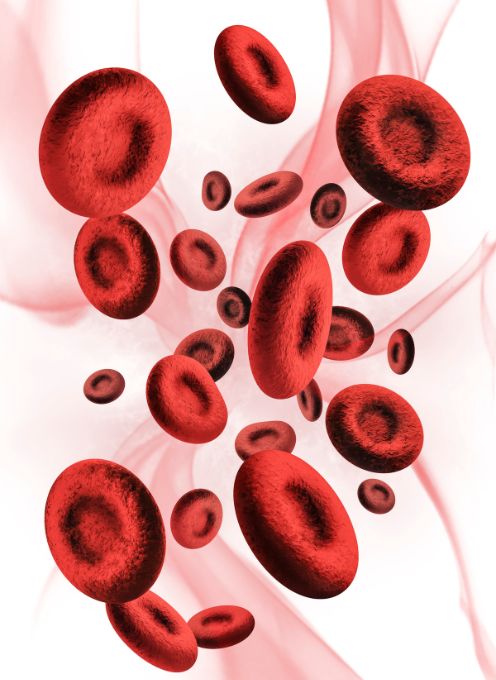Thrombosis is a disease
What are the causes of thrombotic disorders?
There are diseases in which the blood clot forms. Increased clotting in the blood causes this.
Several diseases can cause an increase in blood coagulation activity. thrombosis can be caused by the blood clot.
Normal blood flow can be blocked if a clot becomes too large.
Ischemic stroke or heart attack can occur.
There is a deep vein clot.
There is a embolism.
Blood vessels in the brain and lungs can be blocked by a clot.

What is the treatment for thrombosis?
In patients with high risk of thrombosis, the doctor tries to prevent excessive clot formation with drugs such as heparin or oral anticoagulants.
If you have a heart attack or stroke, you need to treat it immediately. One of the standard therapeutic measures is treatment with fibrinolytics with the aim of dissolving the blocking clot and restoring blood flow to prevent damage or death.

Haemostasis is a disease
What is haemostasis?
There is a balance of Clotting and Bleeding in your body.
Blood is a fluid that moves through the body. Defense and protective mechanisms, the supply of oxygen and nutrients, and the regulation of body temperature are some of the vital functions that it performs. The blood vessels can be damaged by injuries. Bleeding stops after a short time in a healthy person. This is called haemostasis.
What is the nature of primary haemostasis?
The first thing to stop bleeding is the release of the so-called collagen. The platelets in the blood migrate into the wound.
A reduction in blood circulation around the injured area is caused by the platelets.
The platelets release substances that cause more platelets to accumulate. A seal can be formed within a few minutes. This seal is the first to stop the bleeding.
What is the difference between secondary and primary haemostasis?
Secondary haemostasis occurs when substances released by the injury cause another chain reaction.
The reaction sequence can happen in two different ways. Both ways lead to the production of cross-linked fibrin.
A clot of blood cells forms.
What does blood clot dissolution look like?
The clot is broken up when the wound heals under the stable seal.
The concentration of the D dimer in the blood goes up in this process.
In a healthy person, clotting and fibrinolytics are in balance, and only when necessary are they formed and dissolved.
Subscribe To Our Newsletter
Stay in touch with us to get the latest news and special offers.


